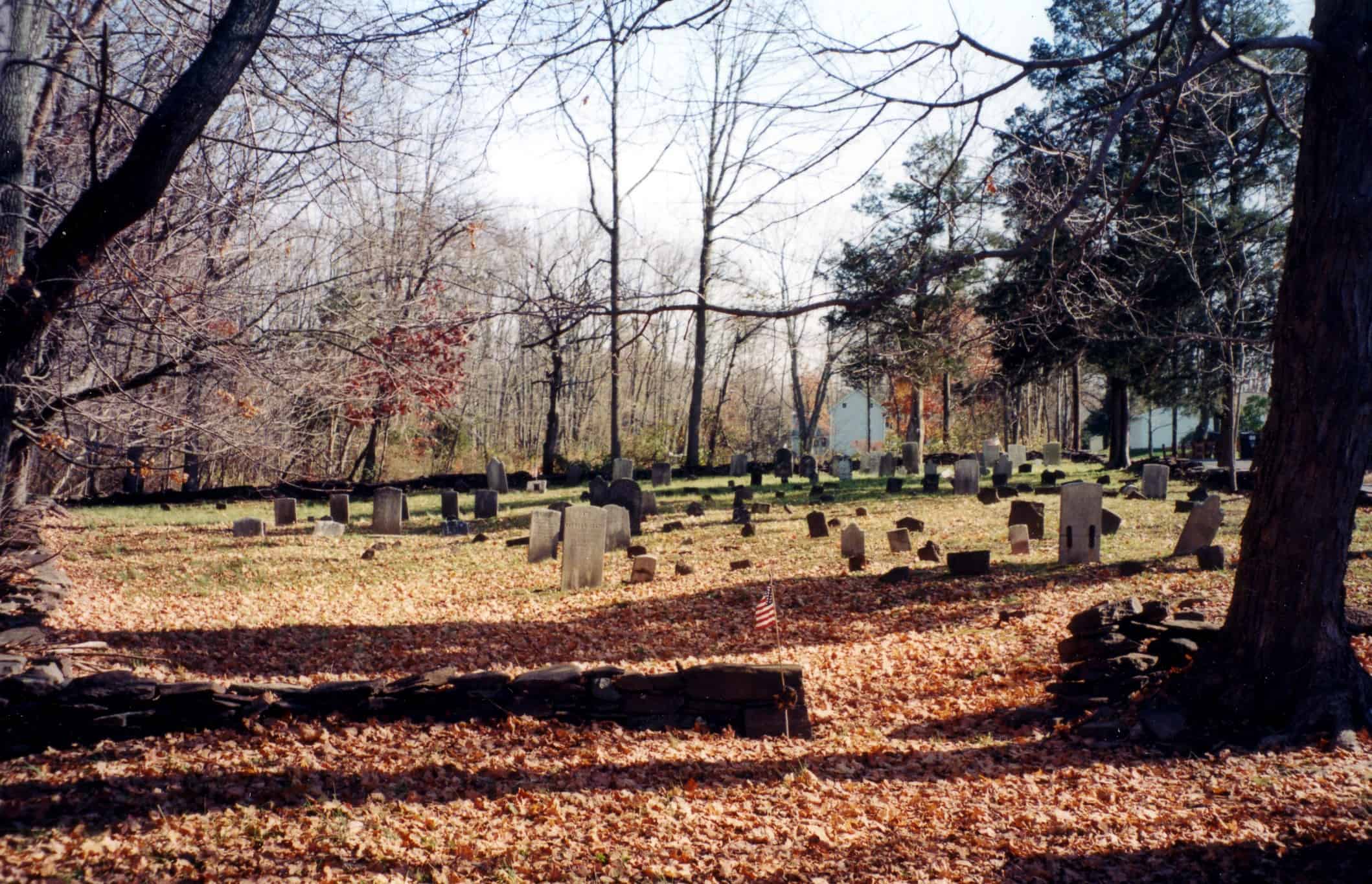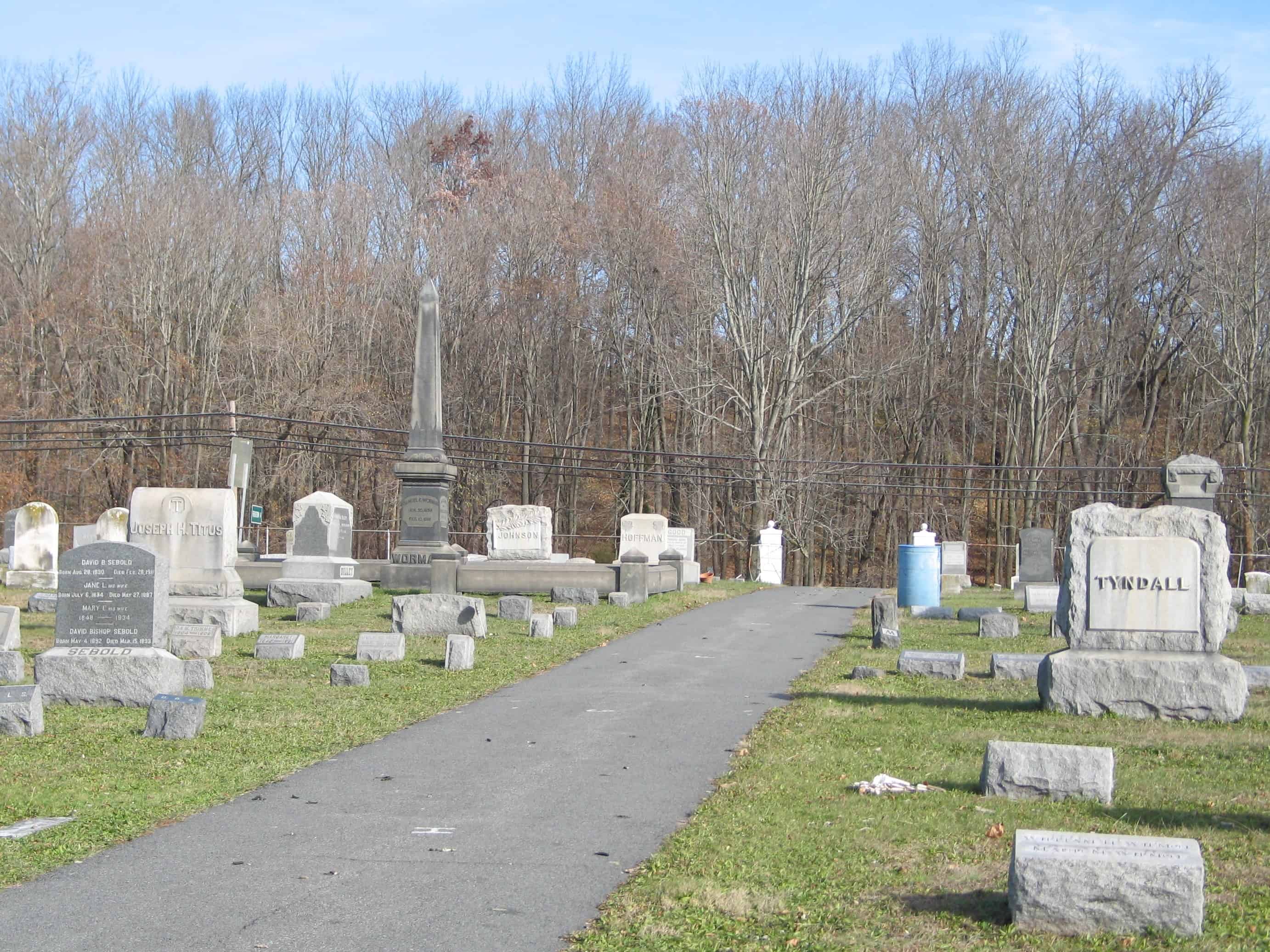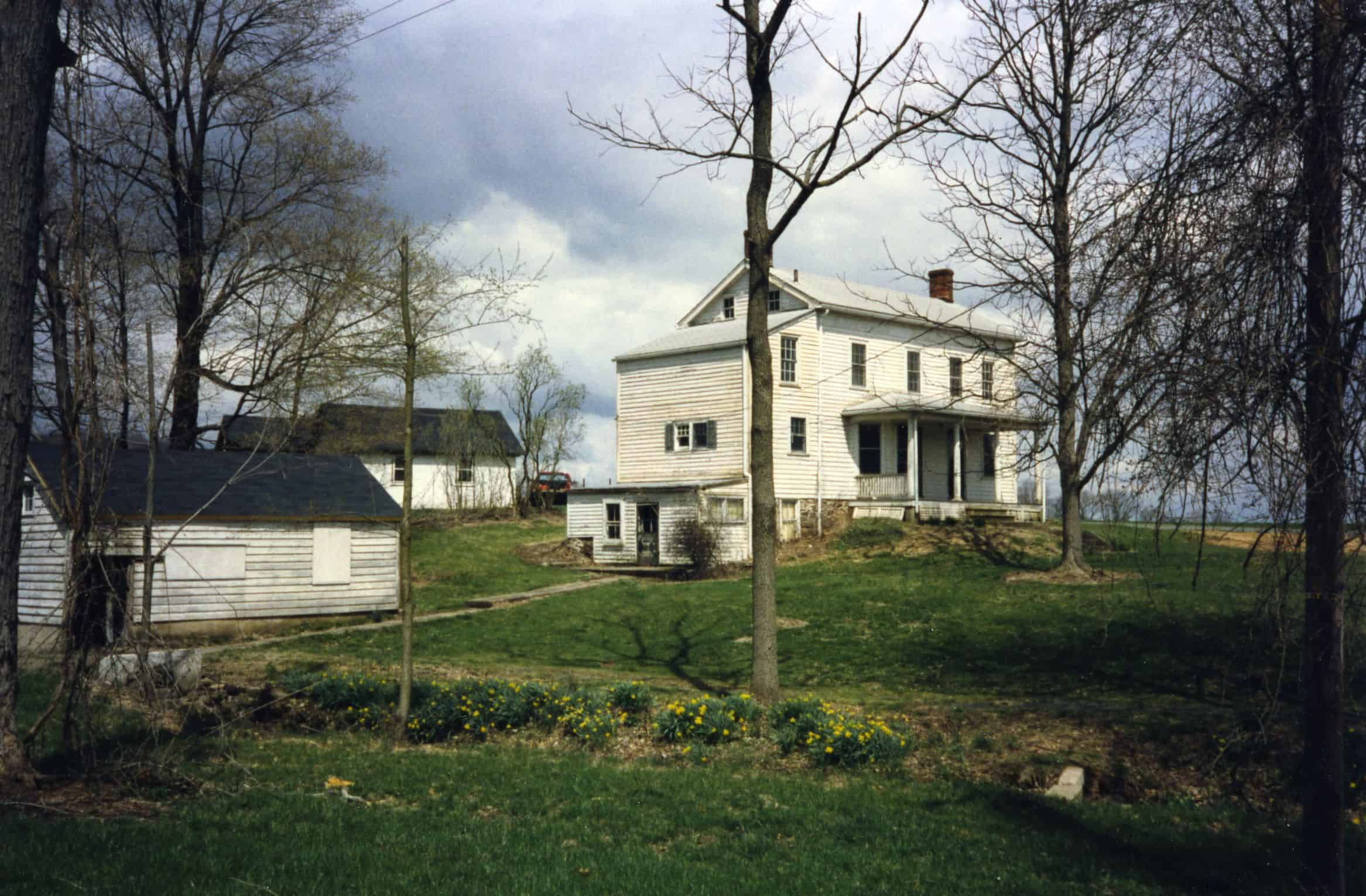Delaware’s Cemeteries, Part 1 in a Series
There are 25 known cemeteries in Delaware Township, many of them dating back to the 18th century. They contain the graves of our earliest settlers along with their descendants. Most are little known, but can lead us to the history of our town.
Over the years, many historians and genealogists have gone looking for the old cemeteries, and thankfully, they wrote down the names and described the cemeteries. Based on these writings and on cemeteries I’ve been able to visit, this seems to be a complete list of known township cemeteries.
…Anderson-Hunt Family
Bosenbury Family
Barber’s Cemetery
Canal Workers’ Cemetery
Cherry-VanCampen Family
Holcombe-Riverview
Jones/Johnes Family
Kitchen-Thatcher Family
Locktown Baptist Church
Locktown Christian Church
Lower Amwell Old Yard and New Yard
Moore Family
Opdycke Family
Pine





